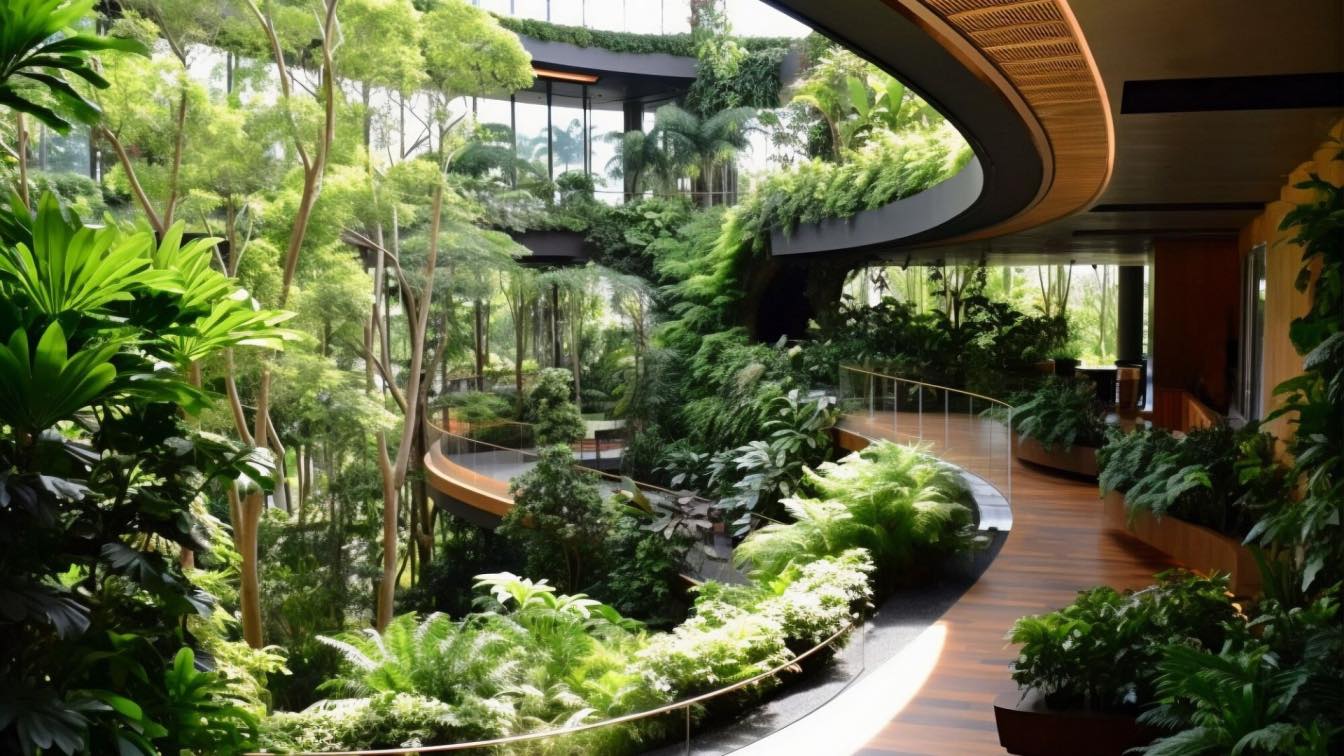In the intricate dance between nature and human creation, the marriage of architecture and gardening stands as a testament to the harmonious coexistence of the two art forms. Both disciplines share a profound connection, each influencing and enhancing the other to create spaces that are not only functional but also aesthetically pleasing. As we explore the intersection of architecture and gardening, we delve into how these two realms collaborate to form structurally sound and naturally vibrant environments.
Design Synergy
Successful integration of architecture and gardening begins with a holistic approach to design. Architects and landscape designers collaborate to ensure that structures seamlessly blend with the surrounding natural elements. This synergy aims to create a symbiotic relationship where buildings and gardens complement each other, resulting in cohesive and integrated spaces.
Outdoor Extensions
Gardens serve as natural extensions of architectural spaces, expanding living areas beyond the confines of walls. Whether it's a rooftop garden atop a modern urban structure or a courtyard garden nestled within the heart of a traditional estate, these outdoor extensions enhance the overall living experience. The intentional design of transitions between indoor and outdoor spaces fosters a sense of continuity and unity.
Form and Function
The principles of form and function, central to both architecture and gardening, converge to create visually appealing and purposeful spaces. Gardens enhance the aesthetic appeal of architectural structures while providing functional benefits such as shade, natural insulation, and improved air quality through well thought out planting and structures such as Garden Rooms UK. Well-designed gardens can soften the rigid lines of a building, adding a touch of organic beauty to the architectural framework.
Sustainable Design
A commitment to sustainability increasingly shapes the intersection of architecture and gardening. Green roofs, vertical gardens, and rainwater harvesting systems are just a few examples of how architects and landscape designers collaborate to create environmentally conscious spaces. This approach not only reduces the ecological footprint of structures but also contributes to the well-being of the inhabitants.
Therapeutic Environments
The collaboration between architecture and gardening extends beyond aesthetics and functionality; it embraces the idea of creating therapeutic environments. Incorporating green spaces, whether they be courtyards, meditation gardens, or expansive lawns, enhances the overall well-being of occupants. Architects are increasingly recognizing the importance of incorporating elements of nature into their designs to promote mental health and tranquility.
Sculptural Landscapes
Gardens are not just spaces; they are living, breathing works of art. Architects often incorporate sculptural landscapes into their designs, blending hardscape elements with carefully curated plantings. From modern installations to classic topiaries, these sculptural elements add a layer of artistic expression to the architectural canvas, creating visually captivating outdoor spaces.
Conclusion
The intersection of architecture and gardening transcends mere functionality; it's an artful fusion of human ingenuity and the beauty of the natural world. As architects and gardeners collaborate, they weave narratives of form, function, sustainability, and aesthetics into the very fabric of our living spaces. The result is a celebration of the coexistence between the built environment and the organic, a testament to the profound impact that thoughtful design can have on the way we experience and appreciate the spaces we inhabit.





